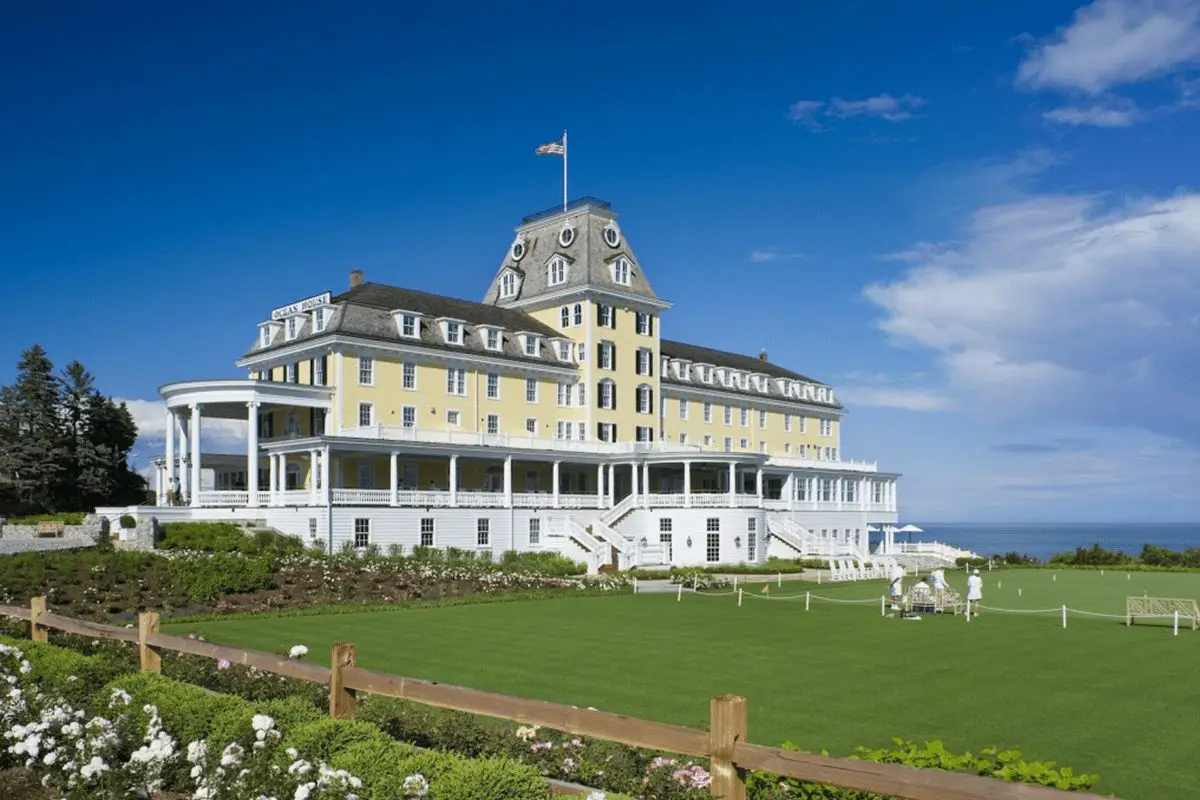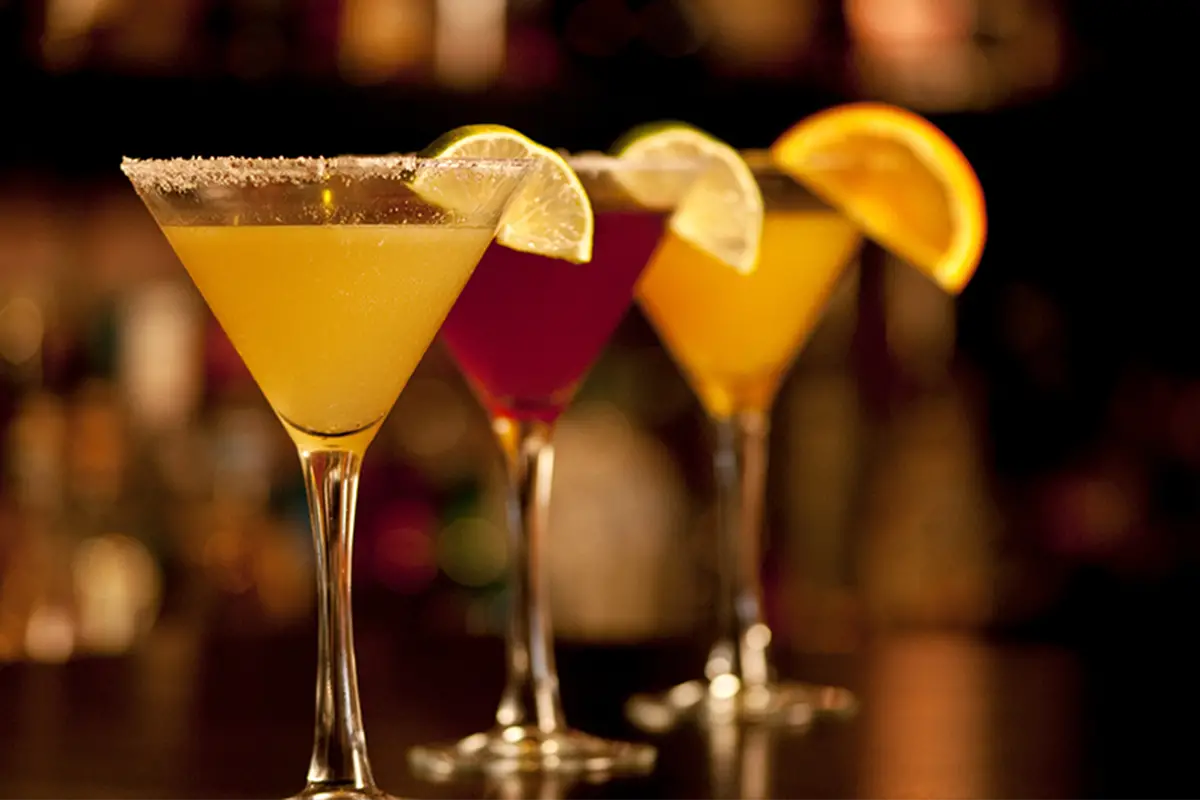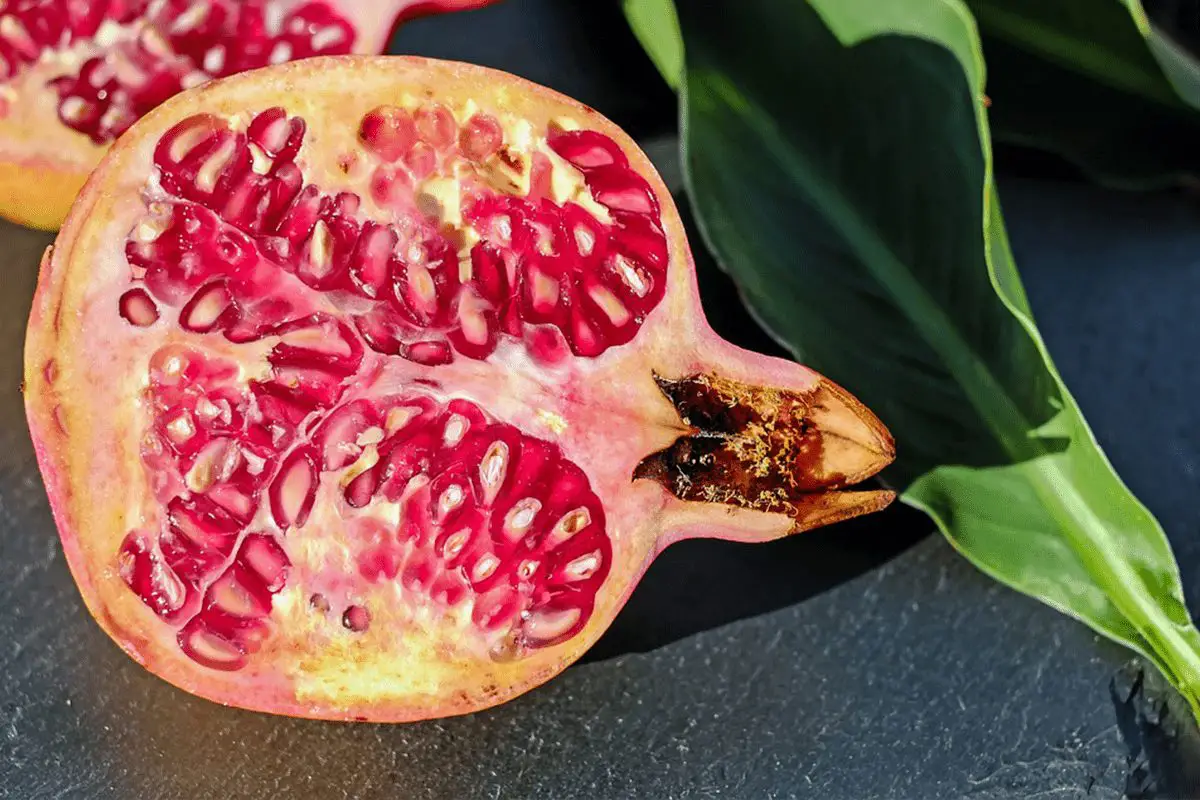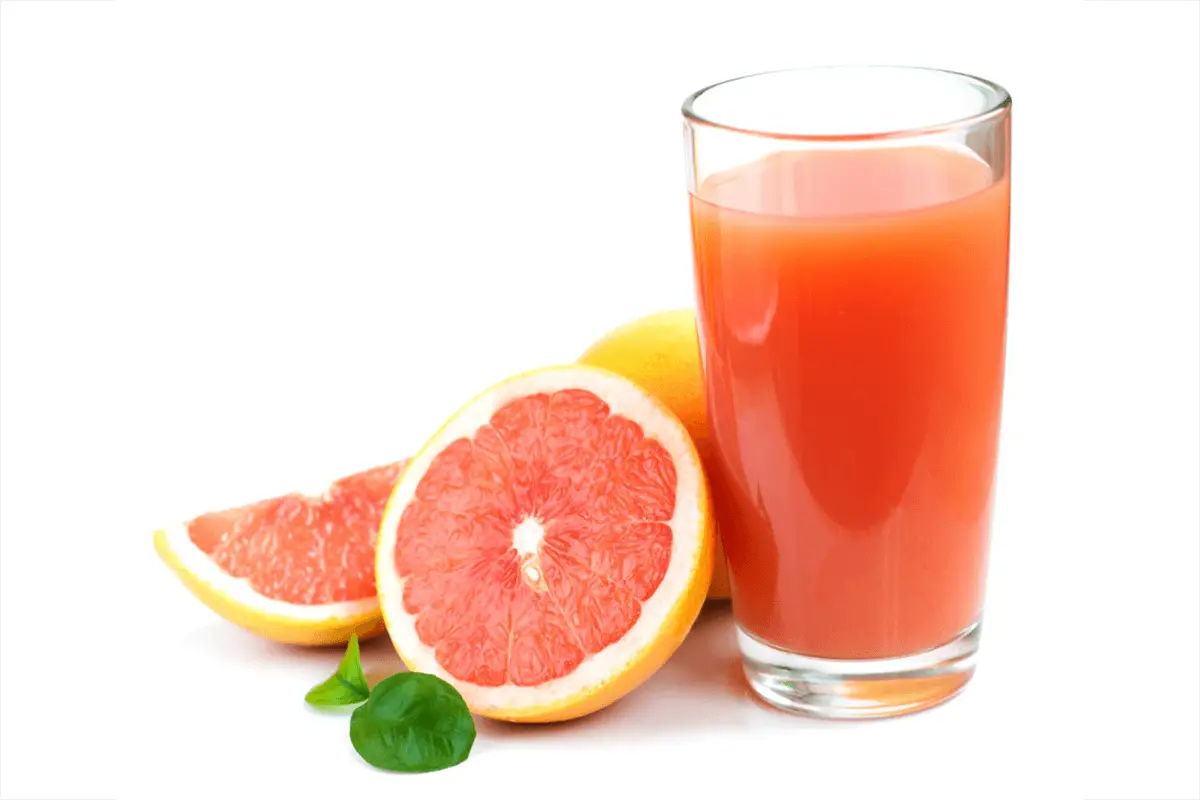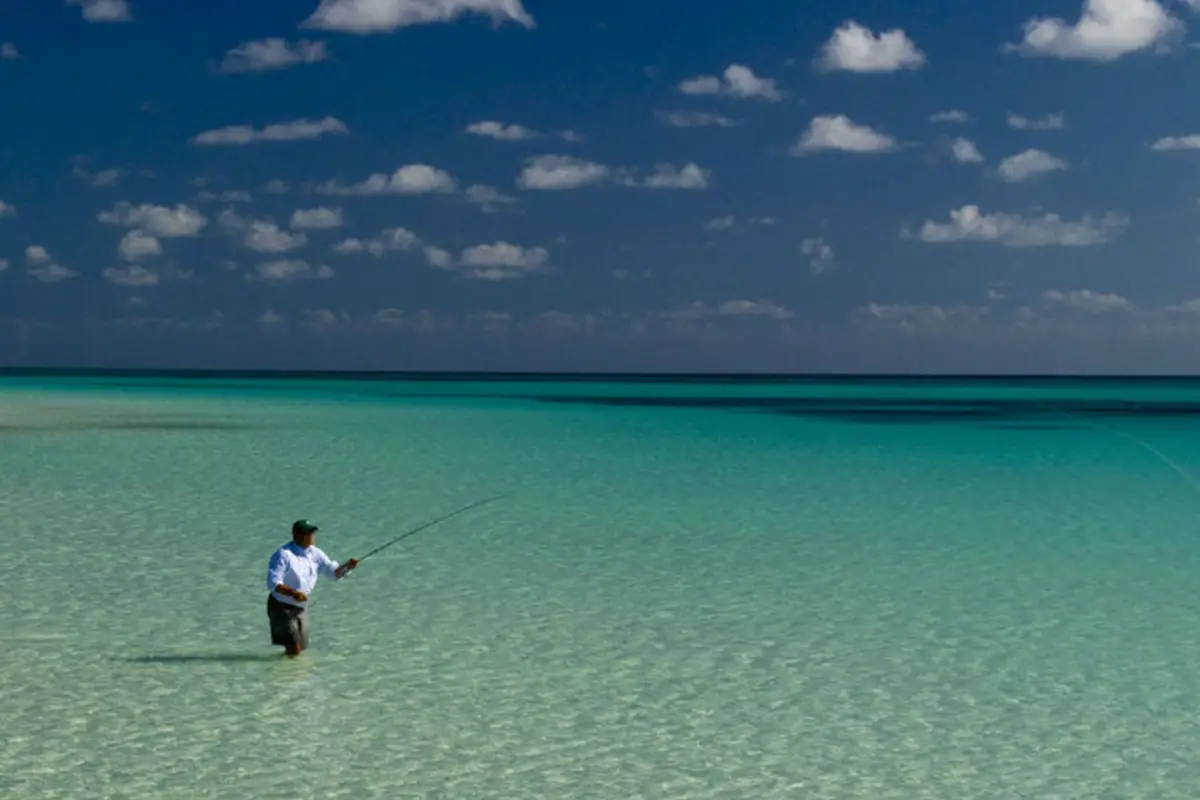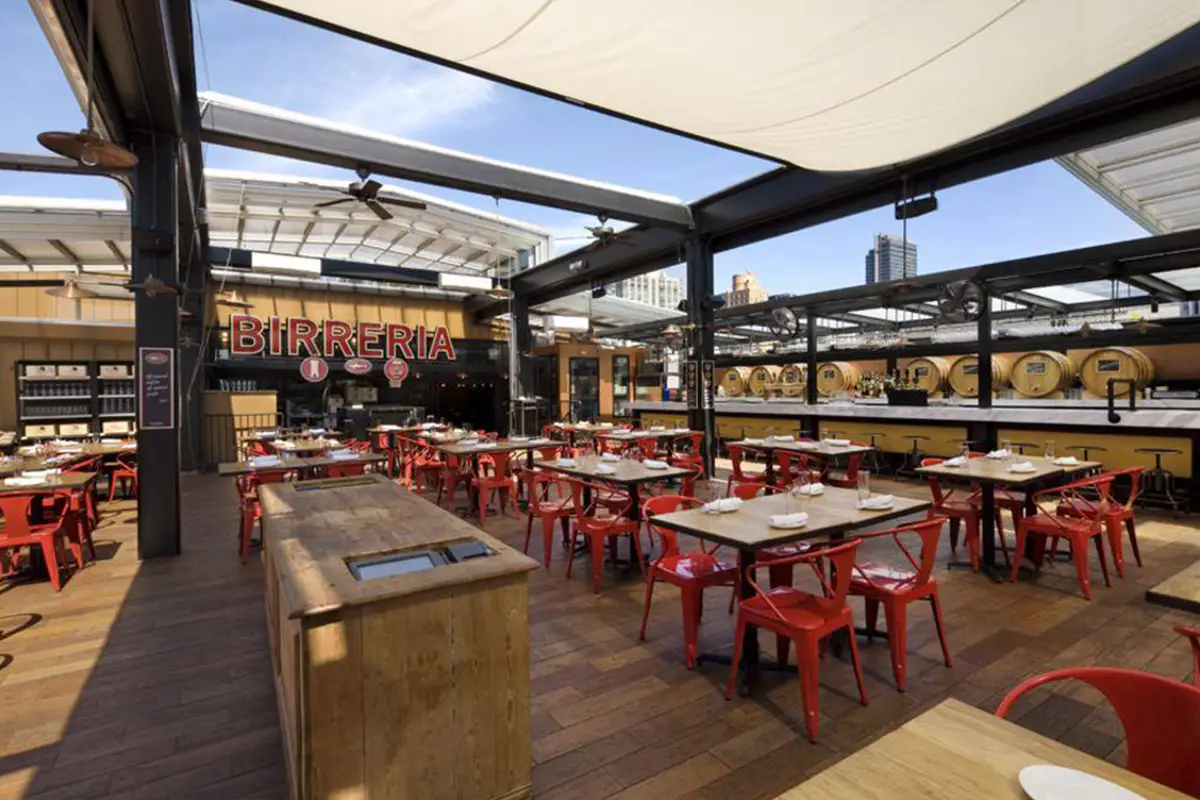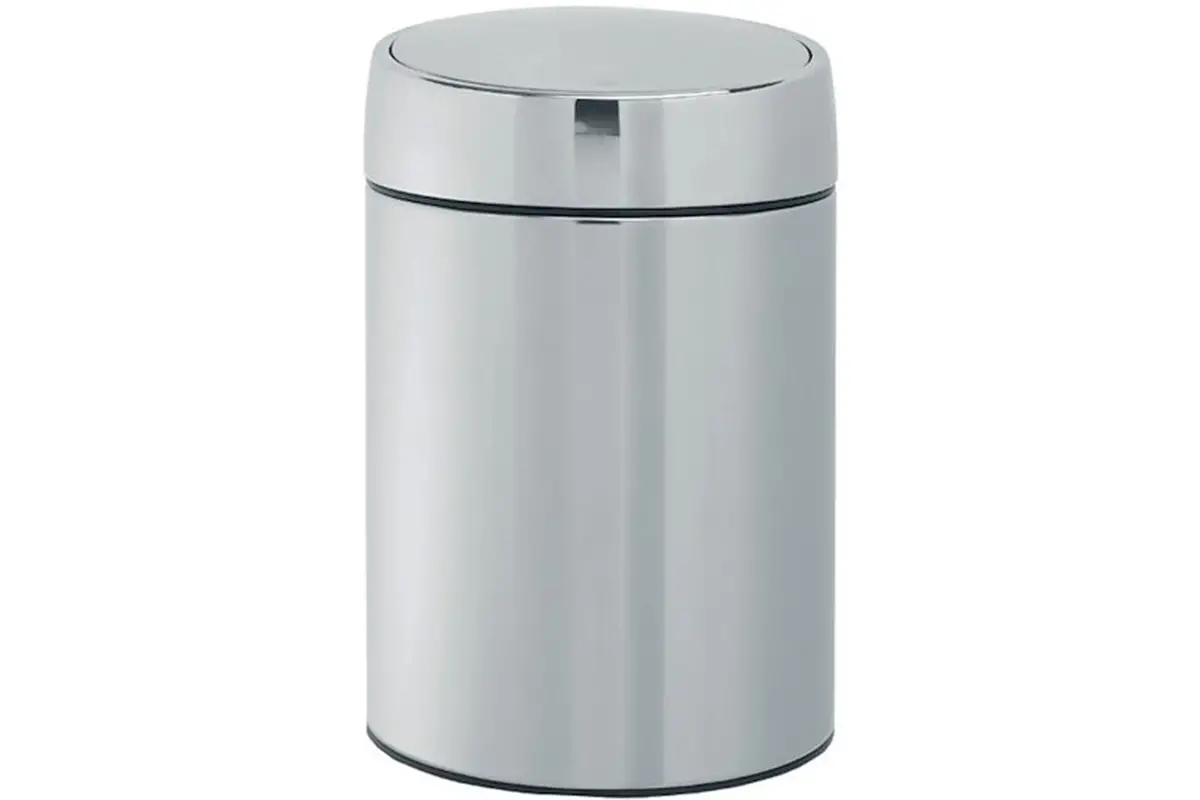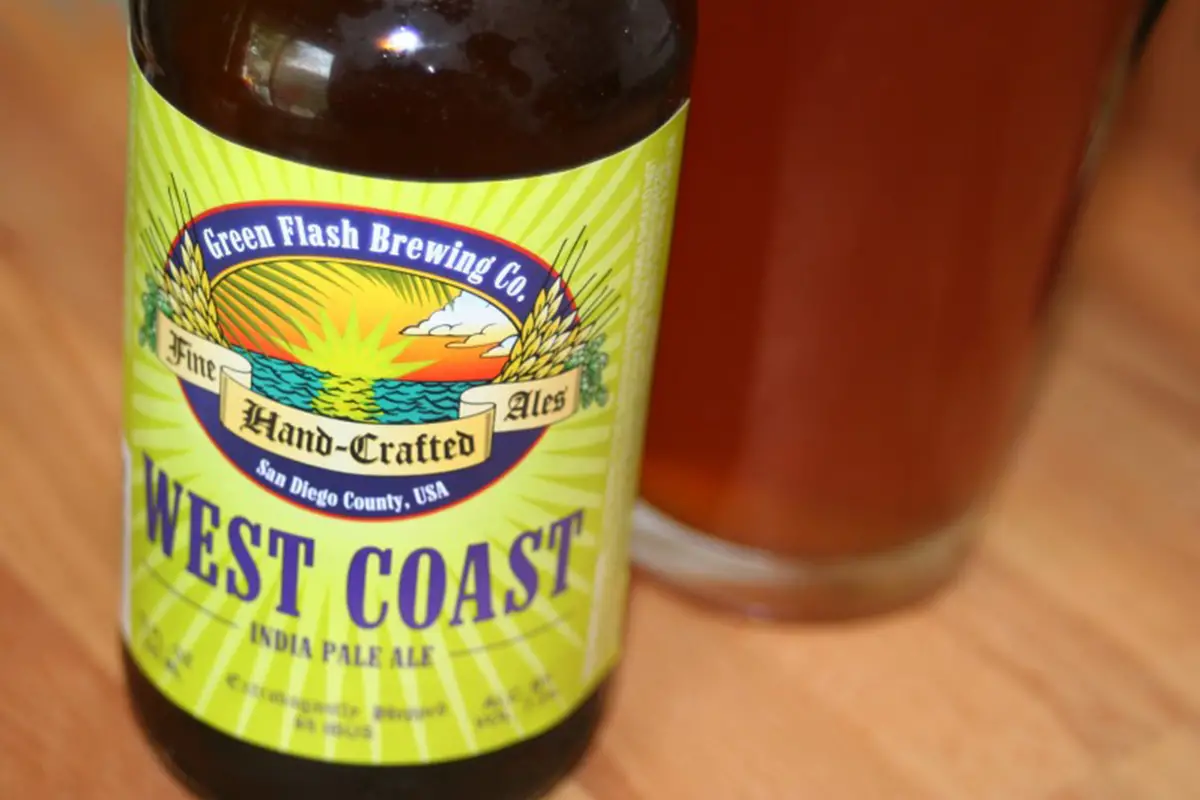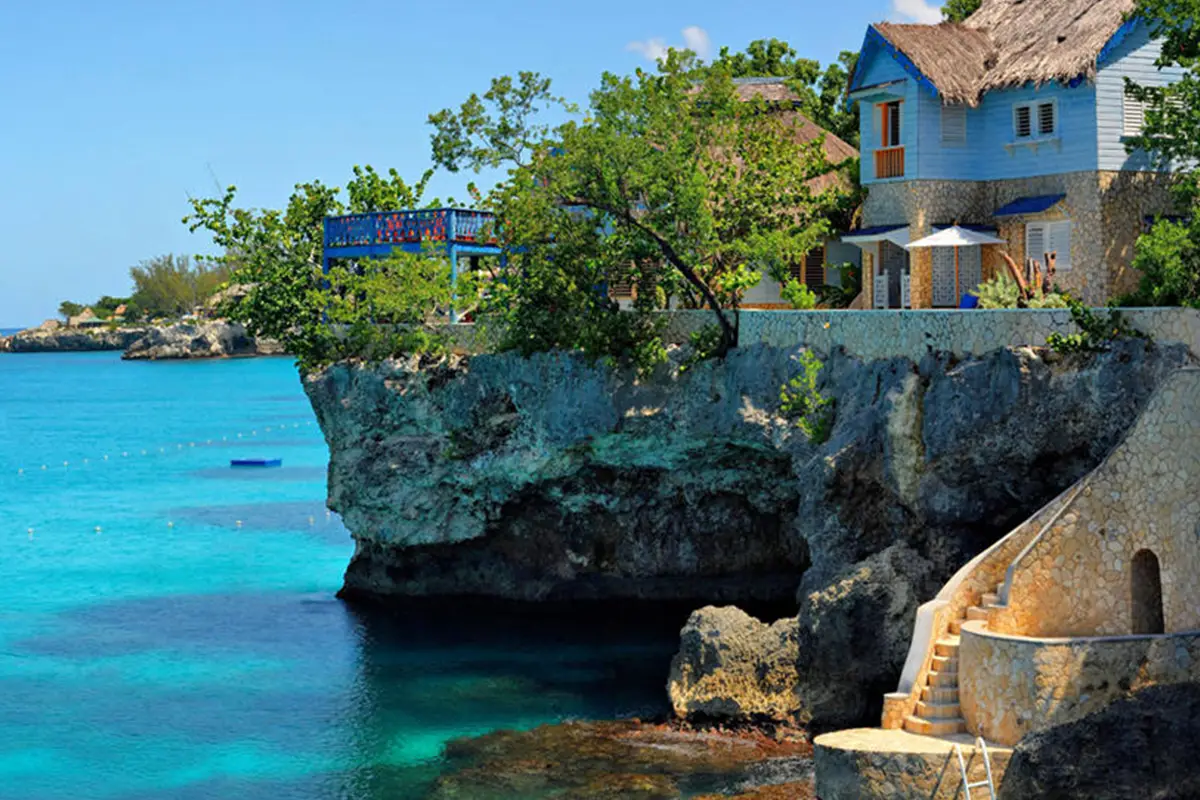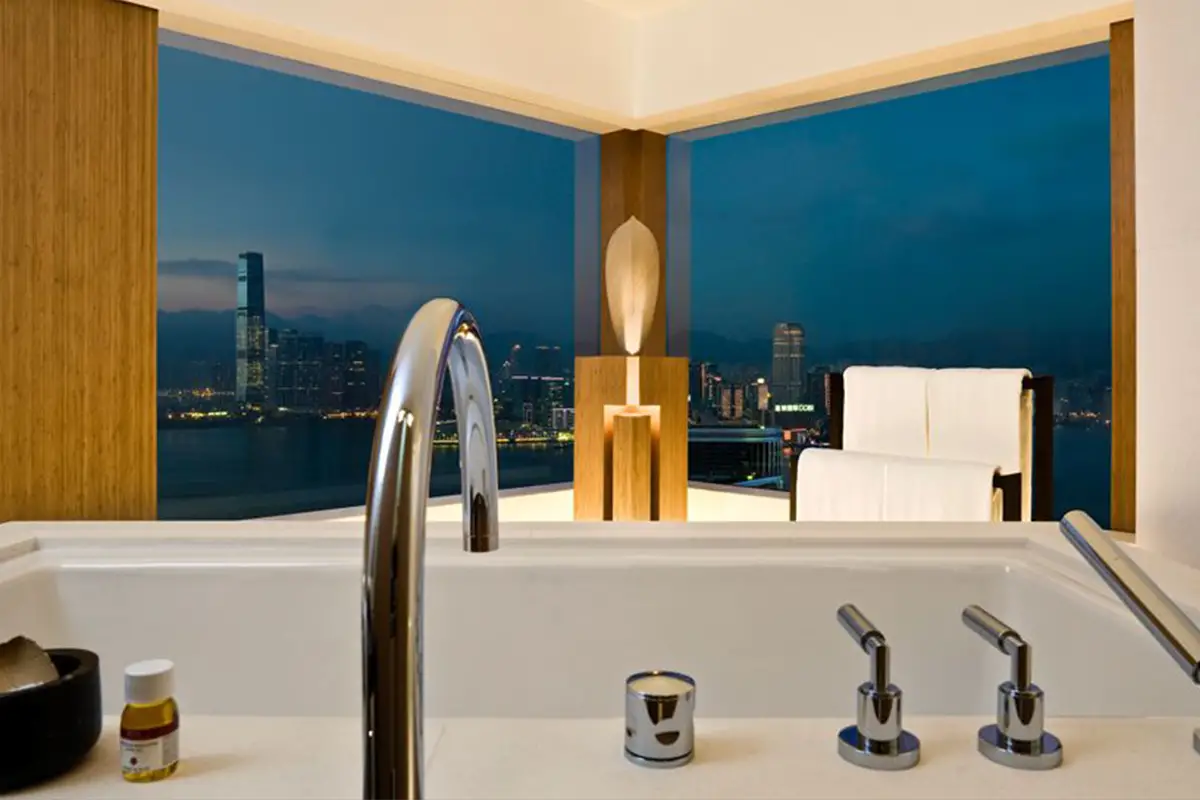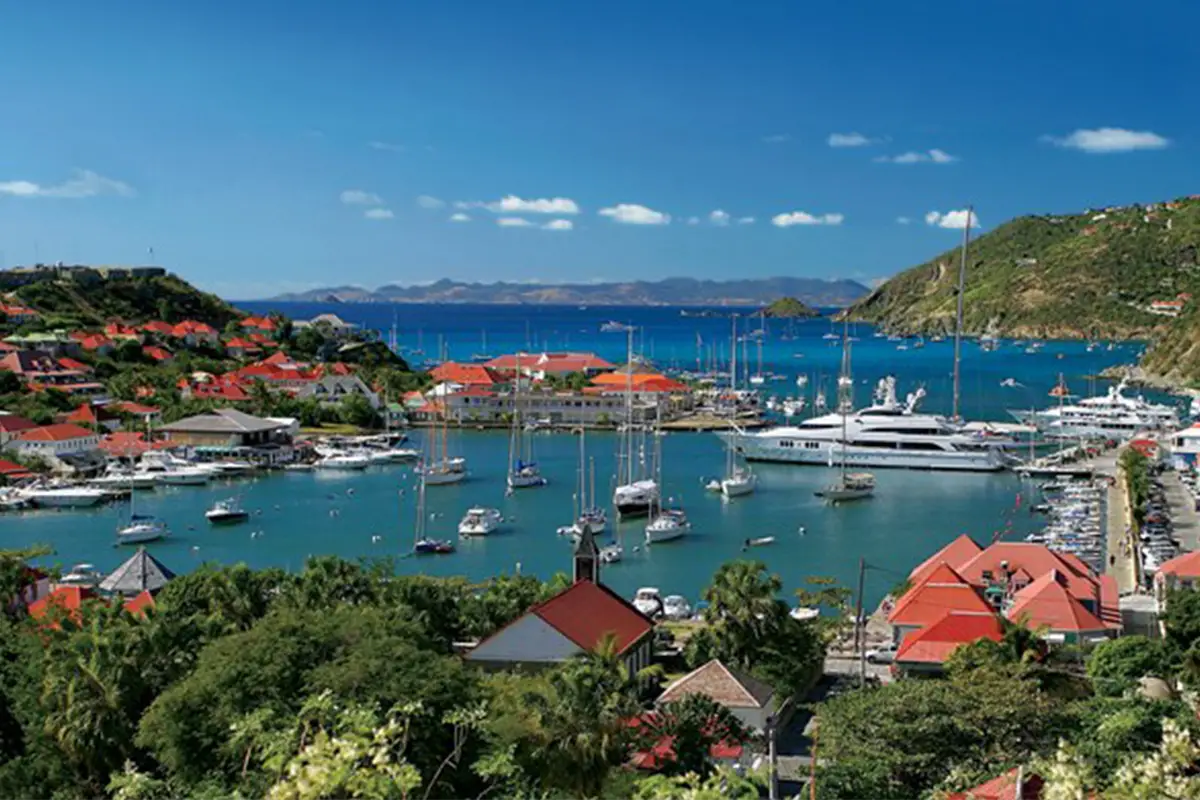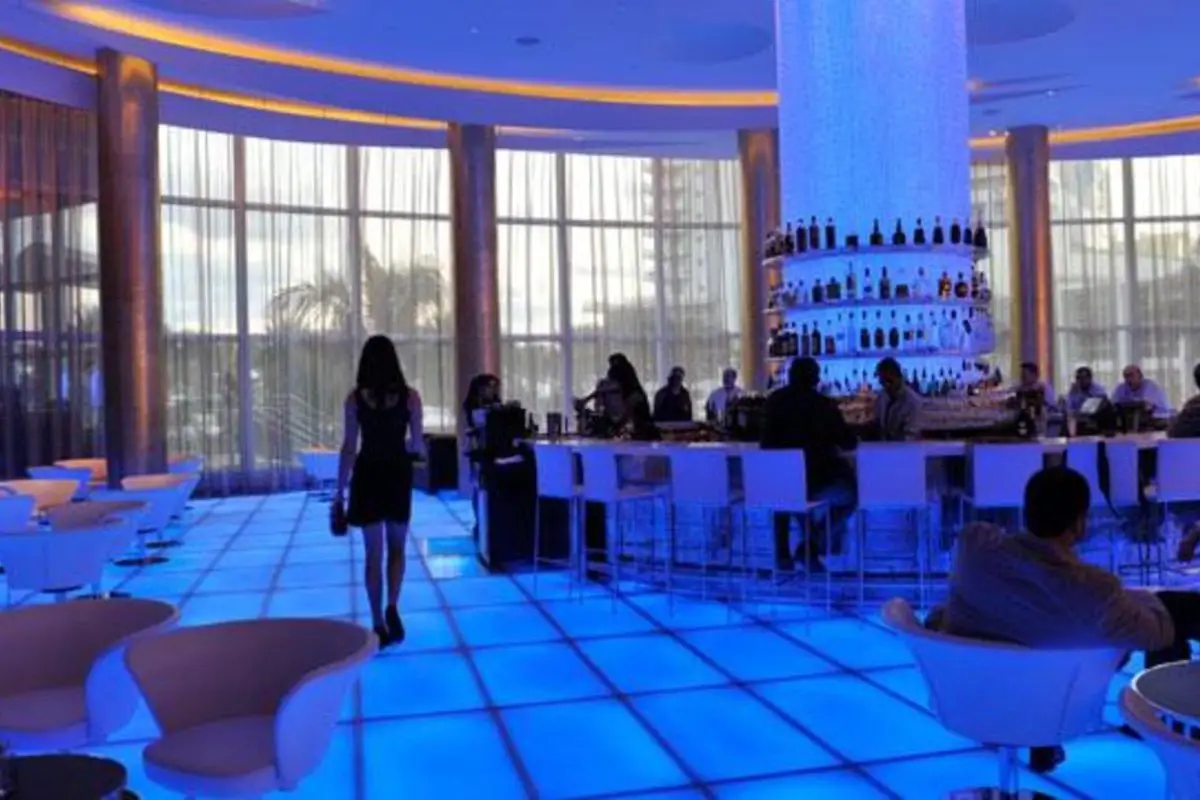Although a car usually has enough gadgets to satisfy the average driver, many feel an urge that they need additional car gadgets and accessories to make their experience feel even more unique. Deck your car out in some cool, new and helpful gadgets. Continue reading
 Last Minute Beacher
Last Minute Beacher
Five Easy Northeast Beach Towns For Last Minute Travel
While booking a summer rental—in advance—is usually the best way to get your beach fix on, last minute weekend trips to the beach are a reality for most and can provide exactly the kind of whimsical lift your soul needs—if you pick the right town. Continue reading
 The Sleeping Device Gadget Geeks Will Love
The Sleeping Device Gadget Geeks Will Love
As much as we focus on diet and exercise as parts of wellness, you simply can’t live the good life without consistently good sleep. Continue reading
 Margaritas de Mayo
Margaritas de Mayo
It’s that time of the year again; you know, when you celebrate a holiday for no other good reason except to get your drink on! We’re talking about Cinco de Mayo, and in Southern California you can find a good margarita just about anywhere. It’s the great ones that might take some serious bar-hunting to find, and luckily for you, we’re willing to do the leg work. Continue reading
 5 Under-the-Radar Superfoods That Will Extend Your Life
5 Under-the-Radar Superfoods That Will Extend Your Life
If you lined up the oldest living adults, the world’s centenarians, and asked them their secret to long life, what would they say? Probably what every health professional says: Eat well, exercise and live right. Simple.
 A Juicy Secret
A Juicy Secret
Should Starbucks sell grapefruit juice? If you’ve read Tim Ferriss’ New York Times Best Seller “The 4-Hour BODY” you might recall his mention of grapefruit juice and its effect on caffeine. While Ferriss himself is not generally in favor of much fruit or fruit juice in his diet, he does mention the benefit (or detractor, depending on your viewpoint) of a certain flavanoid found in grapefruits which extends the fat burning properties of caffeine.
 Lovely Bones
Lovely Bones
Maybe you’ve come to Miami to rest and relax in the sun. Or perhaps you fancy the vibrant nightlife. No matter your business, it’s important to note—especially for you restless souls who grow tired of sunbathing—that a fishing mecca lies only a few miles south in the Florida Keys. Continue reading
 Best Beer Gardens In U.S.
Best Beer Gardens In U.S.
They date back to the 19th century in Germany and they’re not new in America. Manhattan’s Bohemian National Hall alone dates back to 1895. Nevertheless, beer gardens have enjoyed renewed fanfare in the states recently. Continue reading
 Sampling Santorini
Sampling Santorini
 One Man’s Trash…
One Man’s Trash…
Out with the old; in with the new. As we usher in the sparkling, fresh finds of spring, why not find an equally shiny home for what you’re going to toss? Yes, we do mean trash, but not that plain plastic bucket from the 90s. Continue reading
 3 India Pale Ales We Love
3 India Pale Ales We Love

 IPA – The Real King of Beers
IPA – The Real King of Beers
Despite Budweiser’s snarky/defensive commercial during the Super Bowl, craft beer continues to enjoy a rennaisiance of sorts that does not seem to be waning anytime soon. Even Eric Asimov, in a New York Times article waxed poetic about the James Beard Award winning restaurant Eleven Madison Park and their, wait for it, beer menu? Yup, 130 selections that they will pair with any food. Continue reading
 From Farm or Sea
From Farm or Sea
The woman in the light blue shirt is raising her hand and I anticipate her question before the words leave her mouth. “All wild fish are unsustainable, right? So we should eat all farmed fish, yes?” I’m in Edmonds, Washington, teaching a cooking class on sustainable seafood. We’re only three minutes into the class and I’m already poised to clear up some major misconceptions.
I tell the class that I wish there were some hard and fast rules to navigate this new world; a world in which all-you-can-eat sushi bars and 365-day-a-year global fish availability mask issues of dwindling wild stocks and polluting offshore farming operations. The answer to her question is: It depends.
Many species of wild fish are doing quite well. Certain states, such as Alaska, prioritize sound fisheries management to preserve fish for future generations. West coast albacore, Pacific halibut, spot prawns and the five species of Alaskan wild salmon are examples of wild fish that are great choices. Still, other options exist. Squid, wild sardines, pink shrimp, crab and lobster don’t seem to be threatened. Other wild species, such as bluefin and yellowfin tuna, eel, aka unagi and grouper, for example, are, unfortunately, not doing so well. Demand is too high and our tools for catching fish too efficient. Wild fish don’t have a fighting chance, unless we can control our appetites and fisheries managers can prioritize conservation.
The most environmentally sound way of fishing is in smaller, focused quantities. Examples include trolling also known as “hook and line,” which is essentially the commercial version of dipping a fishing pole in the ocean, catching shrimp or crabs in a pot, and small scale purse seining (a net that encloses a school of fish), among other techniques.
Other methods are not as ocean- and fish-friendly: fish caught by trawling and certain kinds of longlining. Trawling harms the ocean floor by dragging heavy weighted nets across it. Trawling also produces a lot of bycatch, which is when species not intended to be caught are accidentally caught and killed, causing their populations to dwindle. Longlining drags a multitude of lines and hooks, often for miles on end. The worst way to longline is on the top of the ocean column. The lines sit on the surface of the ocean and unintended species get hooked (turtles, birds, etc.) in the process. After so much time on the line much of what’s caught can be dead when it’s finally hauled in. Alas, not all longlining is the same and major exceptions exist. Longlining along the bottom of the ocean, such as in Alaska’s sustainable halibut and black cod fishery, has a much better track record of catching intended species.
But what about farm-raised fish? Is this an option for environmentally conscious consumers? Some types of farmed seafood are extremely sustainable. Farmed shellfish doesn’t require wild fish feed to grow so there is no negative drawing of species (protein loss) from the oceans to convert to feed to run a shellfish farm. The same can’t be said for carnivorous fish farms. Farmed shellfish, just like wild shellfish, filter feed, contributing to better water quality. Few decisions are this simple: shellfish, like oysters, clams, and mussels, make the oceans cleaner.

Not all farmed fish are sustainable, however. Offshore farming operations, such as most Atlantic salmon farms, cause huge problems. Think of it this way: if there was an outbreak of disease among a group of people on an island where no ferries and no bridge existed, the disease would be self-limiting and contained. Compare this to a disease breaking out in the middle of New York City. Pretty limitless how far that disease could spread, yes? Mixing and mingling high-density fish farms right in the middle of wild fish ocean migration routes carries with it all sorts of environmental consequences including escapement, pollution and the spread of disease. The ocean is an extremely efficient distribution medium. Closed containment a.k.a. land-based farms are a lot less environmentally risky. Opt for rainbow trout and arctic char farms.
The important questions to ask when buying fish are: what is the species, where was it caught and how was it caught? Resources such as the Monterey Bay Aquarium’s Seafood Watch Program and sustainablesushi.net are invaluable. A good rule of thumb is to buy domestic as we have far stricter environmental laws when compared to most other countries (Thailand, China, the Philippines, etc.) that import fish into the United States.
Sustainable seafood is a hot topic and American consumers are looking for simple answers and guidance around an extremely complicated subject. Many supermarkets, fishmongers, fishermen, chefs and restaurants are making the future of our oceans a priority. Find them, support them.
—Becky Selengut
Becky Selengut is a private chef and co-author of the Washington Local and Seasonal Cookbook (Lone Pine 2008). Selengut has another book coming out in 2011 called Good Fish on sustainable seafood. You can find more of her work at chefreinvented and on Twitter at: @chefreinvented
 Cade Winery, Leed-ing the Way in Napa Valley
Cade Winery, Leed-ing the Way in Napa Valley
Cade Winery of Angwin, California, is the first of its kind to win the GreenLux Award, for not only being ahead of the curve in terms of environmentally friendly business, building and farming practices, but for proving that a winery can adopt such practices without sacrificing the opulent atmosphere and calibre of product that make it high-end.
Cade’s strong commitment to the environment shines through in its Gold Leadership in Energy & Environmental Design (LEED) certification. The winery has raised the bar on energy efficiency, having managed to reduce its overall water consumption by 67 percent and meet 99 percent of its energy needs due to the array of solar panels installed. Natural ventilation and the mostly concrete structures help cool the building while the cool-roof system on all buildings decreases the heat island effect.
In the construction of Cade’s facilities, architect Juan Carlos Fernandez of Lail Design Group together with Grassi Construction and Summit Engineering, few new pre-consumer building materials were used. This ambitious goal resulted in 65 percent of construction waste being diverted from landfills by incorporating recycled and reclaimed materials into the build-out. The steel beams are made from 98 percent recycled steel and all wood components come from sustainably harvested wood certified by the Forest Stewardship Council.
One would never know while strolling through the property that some of the structural support is made of recycled glass bottles, the insulation of blue jeans and the beautiful outdoor patio table of reclaimed bridge trestles. It’s all just a part of the rustic chic look of Cade, which embodies sustainability.

Apart from the built environment, the breathtaking physical surroundings make you feel an almost instant connection with nature. This probably has much to do with the 60 percent of the natural landscape on the property that has been purposely left untouched to support biodiversity.
Step inside the contemporary, elegant hospitality room at which you can leisurely sip on a stemless glass of the recently released 2007 Napa Cuvée Cabernet Sauvignon. Aromas of black currant and acacia flower blend with chocolate and anise essence. Manzanita tree branches—the inspiration for Cade’s eco logo—hang above your head at the glossy wood tasting table as you gaze out the all-glass wall overlooking the panoramic view of the rolling hills of Cade’s organically farmed vineyards.
Cade Winery
360 Howell Mountain Road South
Angwin, California
707/965-2746
Tasting by appointment only
Honorable Mention: Stratus Wines of Niagara-on-the-Lake claims the title of being the world’s first LEED-certified wine-making facility. It boasts not only a geothermal heating/cooling system, but a glass cube tasting room that maximizes natural light to illuminate the space, a gravity-flow processing system (in lieu of inefficient conveyer belts), a company Prius for local deliveries and staff bike lockers to encourage zero-emissions transit.
Stratus Winery
2059 Niagara Stone Road
Niagara-on-the-Lake, Ontario, Canada
905/468-1806
Honorable Mention: Shafer Vineyards of Napa Valley deserves distinction for being 100 percent solar-powered since 2004. Other sustainability efforts include making their own compost fertilizer, recycling/reusing grey water, attracting various birds and other wildlife to help cultivate the vineyards naturally and using cover crops to enrich the soil and prevent insect/rodent infestation without the use of poisonous chemicals. Shafer’s various energy-saving systems have reduced enough greenhouse gas emissions to equal the planting of 17,000 trees. Check out this video highlighting their sustainable farming practices.
Shafer Vineyards
6154 Silverado Trail
Napa, California
707/944-2877
Tasting by appointment only
 The Business of Cards
The Business of Cards
Business cards are not created equal. Whether it’s a standard 3.5 inch by 2 inch piece of paper or an origami fold-out that reveals your company name in reverse print, business cards showcase you and your company’s personality. Continue reading
 Go Spelunking at The Caves in Jamaica
Go Spelunking at The Caves in Jamaica
For most of us, a vacation to Jamaica conjures up images of sipping fruity drinks poolside and sunbathing along the pristine beaches; kicking back and relaxing with our feet up. However, Jamaica can also be a fantastic vacation destination for the action seeker! Continue reading
 High Tech Hotels
High Tech Hotels
As the tech boom continues to roll on, the hotel industry has gotten in the game, offering guests the latest and greatest gadgets, amenities and conveniences. Continue reading
 Top Treatment in Low Season on St. Bart’s
Top Treatment in Low Season on St. Bart’s
St. Bart’s is unparalleled among Caribbean islands. With no high rise hotels and vast stretches of completely undeveloped land, it’s got a low-key Francophone vibe that has made it the top choice for an elite set of vacationers since the 1950s.
 Feeling Bleau at The Fontainebleau
Feeling Bleau at The Fontainebleau
Bleau Bar, the trendy lobby bar at Miami Beach’s renowned Fontainebleau hotel makes me think of Woody Allen’s 2000 movie Small Time Crooks. In the movie, a group of knuckle-headed bandits rent a storefront in order to tunnel a passageway into a nearby bank. To avoid suspicion, the wives of two of the bandits open a bakery selling cookies. The bandits screw up everything possible but the cookie sales unexpectedly become a massive sensation, sending them to easy street—albeit for a short time.
When it first opened back in 2010 (amidst their massive renovation) Fontainebleau probably expected more fanfare for their new, ultra-chic, ultra-exclusive nightclub LIV than their lobby bar. In fairness, Bleau Bar is no ordinary lobby bar and Fontainebleau is no ordinary hotel. But it’s a breath of fresh air that this famous Miami hotel with its billion-dollar renovation is garnering more attention for its lobby bar than perhaps any of its highfaluting restaurants and clubs. Perhaps the recession has knocked some sense into the public, because Bleau Bar has received rave reviews and you don’t need a reservation.
The scene threads the needle between mellow and upbeat with rhythmic music at a comfortable decibel that may provoke dancing at later hours. The décor is more Vegas—Ghost Bar comes to mind—than New York, with contemporary furniture and an inviting airiness that is both soothing and practical. The room has a futuristic feel with its lighted floor and swiveling, teacup chairs. The floor-to-ceiling windows enhance the sense of space further with views of the pool and the famed “Staircase to Nowhere” where celebs and others can be spotted. The bar itself is a spectacle in its own right with a cylindrical column as a centerpiece that displays liquor in blue neon light—and looks like it could beam the bartenders up to the next floor if things ever got rowdy. The only complaint might be the cost of drinks but the well-trained bartenders concoct some of the best cocktails in Miami.
If you’re planning to hit LIV or dine at one of the hotel’s restaurants, stop by Bleau Bar first for a drink with your friends. And let the comparisons begin.
—Whit Cook
Bleau Bar
Fontainebleau Miami Beach
4441 Collins Avenue
Miami Beach, F.L. 33140
305/538-2000

